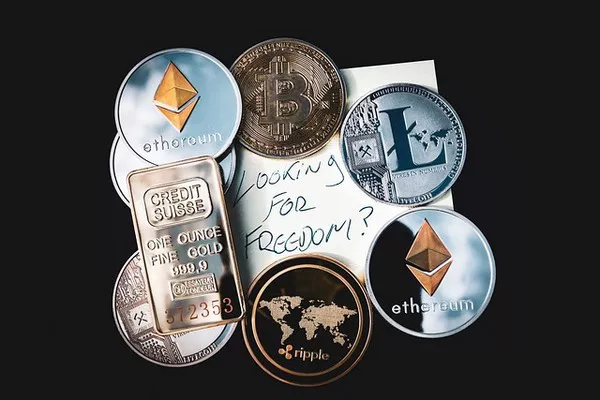Silver has been cherished for centuries for its beauty and durability, making it a popular choice for jewelry and decorative items. Among the various silver alloys, 925 silver stands out as a hallmark of quality and authenticity. But can 925 silver be fake? This question is crucial for consumers and collectors alike, as counterfeit products continue to proliferate in the market.
What is 925 Silver?
925 silver, also known as sterling silver, is an alloy made of 92.5% pure silver and 7.5% of other metals, usually copper. This composition is designed to enhance the strength and durability of silver, making it suitable for everyday use in jewelry and other silverware.
Signs of Authentic 925 Silver
Identifying genuine 925 silver involves understanding certain characteristics and markings:
Hallmarks and Stamps: Authentic 925 silver items are often stamped with markings indicating their purity. Common stamps include “925”, “Sterling”, or “Ster”. These stamps are usually located in inconspicuous areas like the inside of rings or clasps of necklaces.
Tarnish and Patina: Pure silver tends to tarnish over time due to chemical reactions with sulfur compounds in the air. This tarnish, a darkening of the metal’s surface, is a natural indicator of silver’s authenticity. A piece that doesn’t tarnish at all might not be genuine.
Weight and Feel: Sterling silver is denser than many other metals, giving it a solid, substantial feel. Counterfeit items made from lighter metals may feel noticeably lighter or flimsier in comparison.
Price and Source: While not foolproof, the price of 925 silver jewelry and items typically reflects its authenticity. Extremely low prices compared to market norms should raise suspicions. Purchasing from reputable jewelers or sellers with positive reviews and certifications can mitigate risks.
Common Types of Fake 925 Silver
Silver-Plated Items: These are base metals coated with a thin layer of silver. They may look like sterling silver initially but lack the durability and intrinsic value of genuine 925 silver. Over time, the silver plating can wear off, revealing the base metal underneath.
Alloys with Similar Appearance: Some alloys, like nickel silver or German silver, resemble sterling silver but contain little to no actual silver content. These materials are cheaper to produce but lack the quality and value associated with 925 silver.
Misrepresented Purity: Occasionally, items may be marked as 925 silver but contain less silver or different alloys than claimed. This misrepresentation can deceive buyers who rely solely on stamped markings without verifying authenticity through other means.
Methods for Testing 925 Silver
To confirm the authenticity of a piece labeled as 925 silver, several testing methods can be employed:
Magnet Test: Sterling silver is not magnetic, so using a magnet to check for attraction can help identify items with high iron content or other metals.
Nitric Acid Test: This involves applying a drop of nitric acid to a small scratch on the item. Genuine silver reacts slowly to nitric acid, producing a creamy white color, while base metals react more vigorously, indicating a fake.
Hallmark Verification: Consulting with reputable assay offices or jewelers who can verify the authenticity of hallmarks and stamps on silver items.
Density Measurement: Measuring the density of the item can indicate whether it matches the expected density of sterling silver.
Risks of Purchasing Fake 925 Silver
Buying counterfeit or misrepresented 925 silver can lead to several disadvantages:
Value Deception: Consumers may pay higher prices for items that are not genuine sterling silver, expecting the durability and value associated with the alloy.
Allergic Reactions: Some base metals used in fake silver alloys, such as nickel, can cause allergic reactions or skin irritation in sensitive individuals.
Long-Term Durability: Counterfeit silver items often lack the durability and longevity of genuine sterling silver, leading to quicker wear and tear.
Consumer Protection and Awareness
To protect consumers from purchasing fake 925 silver, awareness and education are crucial:
Research and Due Diligence: Before making a purchase, research reputable sellers and educate yourself on the characteristics of genuine sterling silver.
Certifications and Guarantees: Seek items with certifications or guarantees of authenticity from trusted sources.
Physical Inspection: Inspect items closely for stamps, tarnish, weight, and other signs of genuine sterling silver.
Legal Recourse: In cases of fraud or misrepresentation, consumers may have legal recourse against sellers who knowingly sell counterfeit goods.
See Also A Guide to Selling Silver at Spot Price
Conclusion
While 925 silver is renowned for its beauty and durability, the market is unfortunately flooded with counterfeit and misrepresented items. Consumers can protect themselves by educating themselves on the characteristics of genuine sterling silver and employing various testing methods before making a purchase. By advocating for transparency and authenticity in the silver market, consumers can ensure they are getting the quality and value they expect from their silver purchases.


